"It's remarkable that in 2012 you can wake up in the morning and see a front page article in the New York Times depicting young men of color as "freaks" who "throw tantrums" and "do the first negative thing he can find" with computers. #notapostracialsocietyyet"
Reich provides a critical analysis of the article that appeared in the New York Times, raising questions and concerns. He also provides a link to an alternative source that he believes is "a much more balanced, nuanced portrayal of the issue" by Craig Watkins, 'Digital Divide: Navigating the Digital Edge.'



 Your new post is loading...
Your new post is loading...
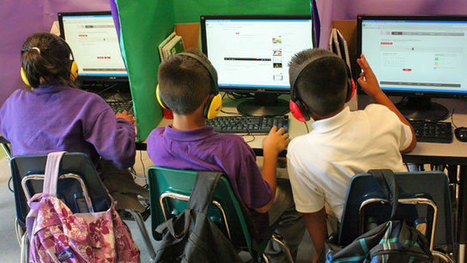

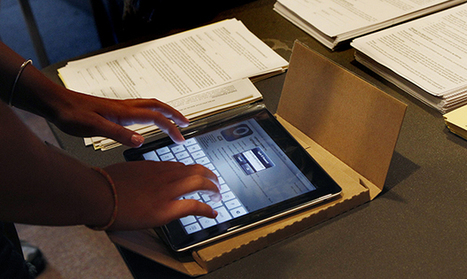

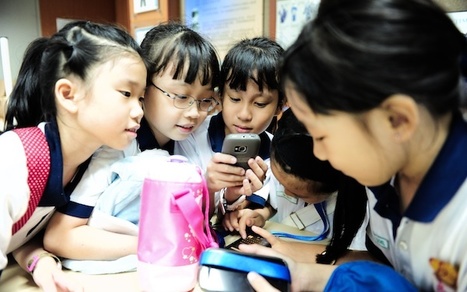

![Digital Divide: If You're Reading This, You're One of the Lucky Ones [INFOGRAPHIC] | Eclectic Technology | Scoop.it](https://img.scoop.it/C8B0UiDMe8tUs61_hCydJjl72eJkfbmt4t8yenImKBVvK0kTmF0xjctABnaLJIm9)

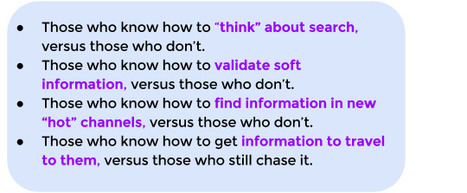






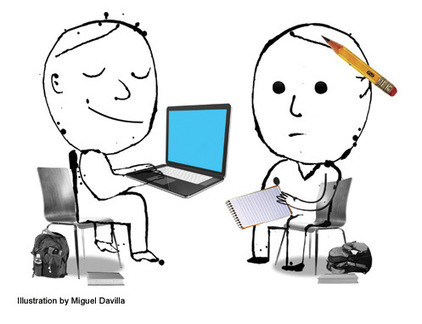






Research continues to tell us that providing students with digital devices does not lead to improved learning outcomes. The question that needs to be looked at is what else needs to be done?
This post begins by looking at two neighborhoods in Philadelphia. One neighborhood has "concentrated affluence" and the other has "concentrated poverty." They each had one item that was similar - a library. Each library had "been retooled with banks of new computers, the latest software and speedy Internet access."
The researchers were interested in seeing if the introduction of computers would "close the opportunity gap." Unfortunately this is not what happened. Here is one sentence from the post: "They select different programs and features, engage in different types of mental activity, and come away with different kinds of knowledge and experience."
There is much more information found in this post. The way the students use the computers were very different between the two groups as was the interaction of the adults with the children.
This post brings up one question for me. More and more schools are moving to a one-to-one initiative. Are these schools providing teachers with the necessary professional development for them to effectively teach their students? Will we be able to overcome the obstacles that were found in these two very different libraries in our schools, or will we see a difference between our students who have access at home and those who do not?